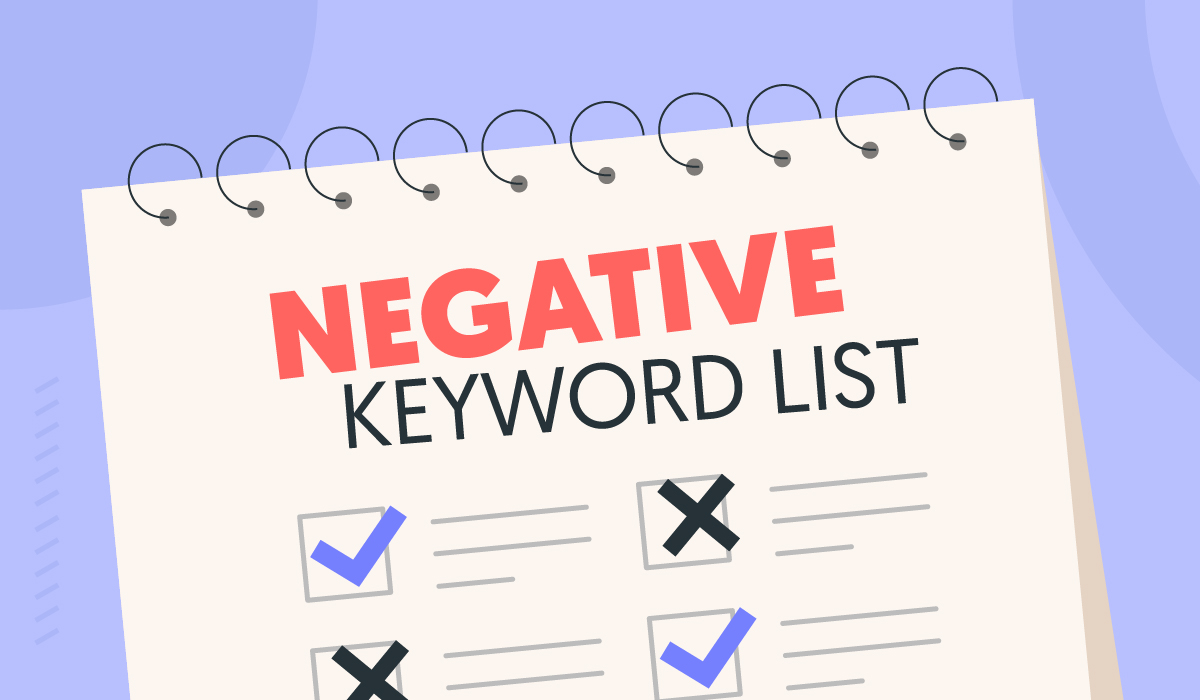Website Accessibility Lawsuits on the Rise: Is Your Site Compliant?
In 2018, the Department of Justice confirmed that websites should be accessible under the ADA. Is your website compliant?
Struggling with PPC performance? Don’t worry; the improvements you need to make may be more straightforward than you realize. Learn how to improve PPC performance with the following key steps.
Did you know almost half of web users can’t tell the difference between PPC ads and organic search links? While initially, this may seem like an opportunity for increased clicks, it also underscores the importance of having a strategic approach to stand out in the crowded online space. As you’re optimizing your PPC strategy, be sure to follow these six foundational steps.
Keeping a close eye on search term reports will help you spot new search patterns and find high-performing keywords. However, identifying them is just the first step. You also need to analyze them to determine which will work best for your campaign goals. You can do this by examining various metrics and key performance indicators (KPIs), like click-through rate (CTR), conversion rate, and cost per click (CPC).
Maintaining a list of negative keywords will help you stay vigilant on what to avoid so your campaigns don’t appear in irrelevant searches. For example, a digital marketing company may include “free digital marketing tools” or “DIY marketing” on their negative keyword list to ensure their ads aren’t displayed to users seeking cost-free or do-it-yourself marketing solutions. Avoiding irrelevant keywords can also help reduce campaign costs and improve overall results, so be sure to keep a thorough list.

While creating compelling copy for PPC ads can be challenging within the constraints of character limits, its significance in campaign success cannot be overstated. Regularly refreshing and testing your ad copy is key to combating ad fatigue, maintaining user interest, and keeping up click-through rates. Always remember to highlight unique selling points, incorporate clear calls to action, and maintain relevance to your campaign goals and the needs of your target audience.
Organizing relevant ads together helps target specific themes, keywords, and audiences more effectively. It also streamlines optimization by making it easier to adjust bids and refine ad copy and can aid search engines in recognizing important campaign elements, like keywords, landing pages, and overall messaging.
To attract more users and increase the chances of conversion, you should make sure landing pages are mobile-friendly, include attention-catching CTAs, and follow through on what’s mentioned or offered in the ad. So, if your ad promotes a specific service, ensure it links to a dedicated landing page about that service. Similarly, if it highlights a special offer, such as a free consultation, ensure it directs to a page with the offer’s details.

If you’re not continuously optimizing and checking in on your PPC campaigns, you need to start doing so ASAP! Paid search, especially on platforms like Google Ads, demands ongoing attention to ensure optimal performance. Regular reviews will help you stay proactive on essential adjustments, whether that’s tweaking bids, refining targeting parameters, or adapting to other changing trends.
PPC advertising can be quite complex. Have questions about your strategy? Look no further than Front Porch Solutions! We offer a range of digital marketing services – from PPC management to social media promotion – backed by proven results and expertise. Contact us today to learn more!
Fill out the form and we’ll be in touch as soon as possible.